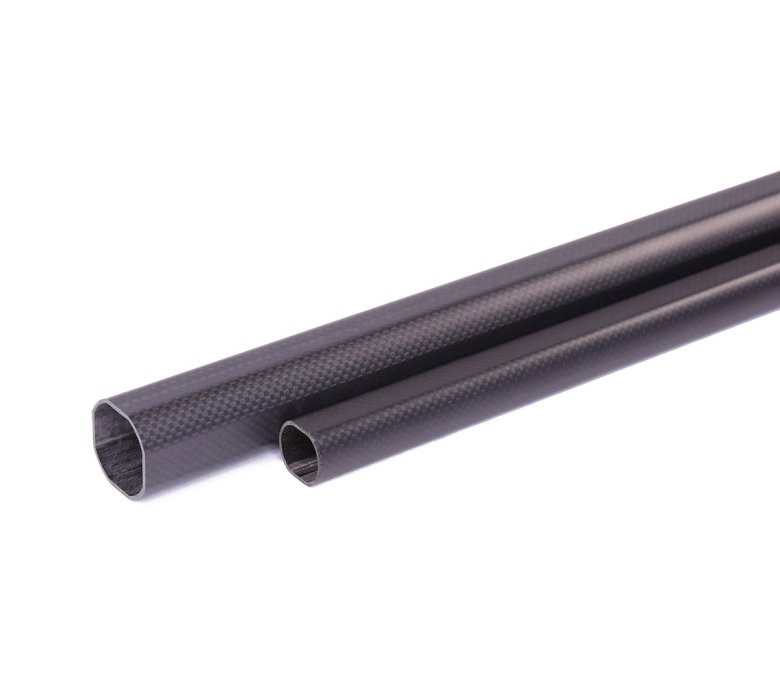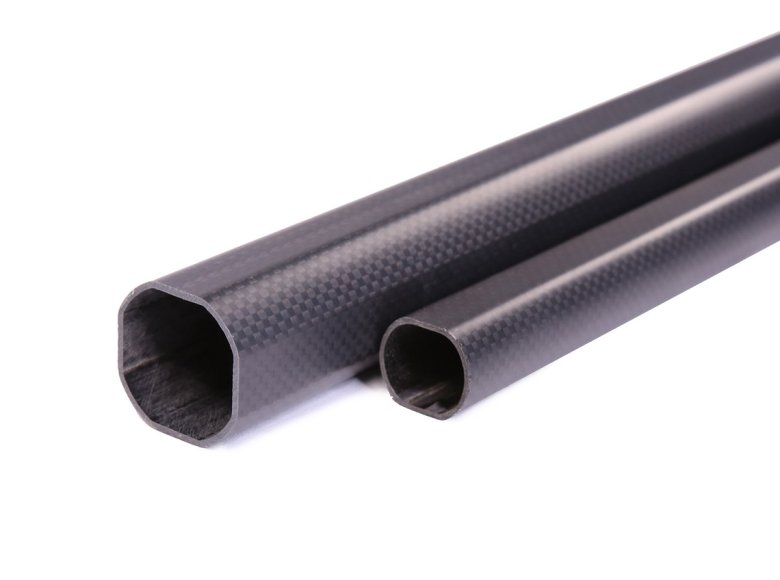Carbon Fiber Tube for Offshore Equipment: The Ultimate Guide
When choosing a carbon fiber tubes for offshore equipment, you need to consider performance, durability, and application-specific needs. Offshore environments demand materials that withstand harsh conditions without compromising efficiency. This guide dives into everything you need to know, focusing on customer challenges and practical solutions.

Why Choose Carbon Fiber Tubes for Offshore Applications?
Carbon fiber tubes offer unmatched benefits. Their high-strength carbon fiber construction delivers exceptional performance in extreme conditions. Compared to traditional materials like steel or aluminum, these tubes are lightweight, corrosion-resistant, and incredibly durable. Whether for telescopic booms or structural supports, carbon fiber ensures reliabi

Key Features to Look For
1. High Strength and Durability
Offshore environments are unforgiving. Carbon fiber tube vs aluminum tube strength comparisons reveal significant advantages. Carbon fiber is stronger yet lighter, reducing equipment weight and improving efficiency. For heavy-duty use, these tubes resist stress and deformation better than alternatives.
2. Customizable Sizes and Finishes
Every project has unique requirements. Look for custom carbon fiber tube sizes to match your application perfectly. Additionally, a carbon fiber tube with a smooth finish ensures a polished appearance and reduces wear in moving parts.

3. Versatility in Applications
From telescopic poles to structural supports, carbon fiber tubes serve multiple roles. Carbon fiber tube for telescopic applications provides strength and flexibility, making it ideal for adjustable structures. The material’s adaptability makes it perfect for innovative designs.
4. Lightweight Efficiency
Weight savings matter. A lightweight carbon fiber tube for drones demonstrates how reduced mass translates to better performance. Similarly, lightweight tubes in offshore setups improve handling and reduce load stresses.

Common Customer Concerns and Solutions
“What are the specifications I need?”
Understanding carbon fiber tube OD and ID specifications is crucial. Outer diameter (OD) and inner diameter (ID) determine compatibility and strength. Ensure you consult a reliable carbon fiber tube supplier near me for expert guidance.
“How does cost compare to performance?”
While carbon fiber isn’t the cheapest, it’s cost-effective over time. Consider the carbon fiber tube price per meter alongside the reduced maintenance and increased lifespan it offers. The upfront cost often pays off with better long-term performance.
“How does it compare to aluminum?”
Carbon fiber tube vs aluminum tube strength tests show carbon fiber’s superiority in weight-to-strength ratio and resistance to corrosion. This makes it an excellent choice for offshore applications where longevity is vital.

Specialized Uses in Offshore Equipment
Telescopic Structures: Lightweight, extendable, and strong.
Drones and Robotics: A lightweight carbon fiber tube for drones enhances flight performance and durability.
RC Cars and Custom Builds: The best carbon fiber tube for RC cars ensures precision and robustness.
Choosing the Right Supplier
Find a trusted carbon fiber tube supplier near me to ensure quality and availability. Look for providers with expertise in offshore equipment needs. A reliable supplier will offer customization, competitive pricing, and consistent support.
Final Thoughts
Selecting the right carbon fiber tube for offshore equipment means balancing strength, weight, and cost. By understanding specifications and leveraging customization, you can achieve optimal performance in even the harshest environments. Whether you need custom carbon fiber tube sizes or advice on carbon fiber tube price per meter, the right supplier will guide you to the perfect solution for your needs.
